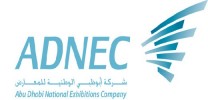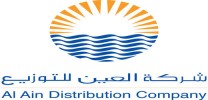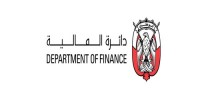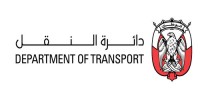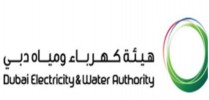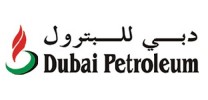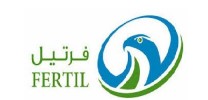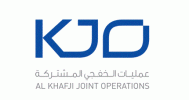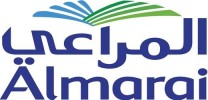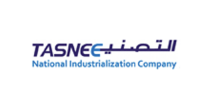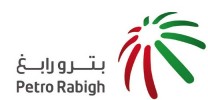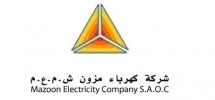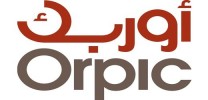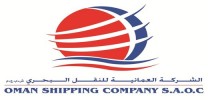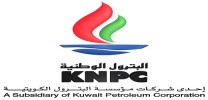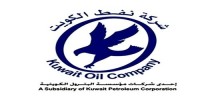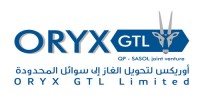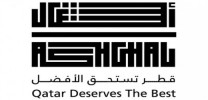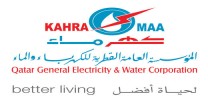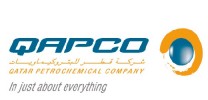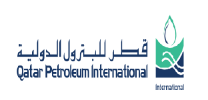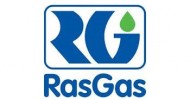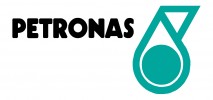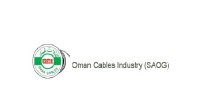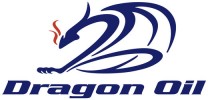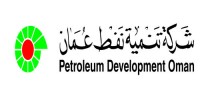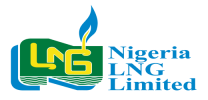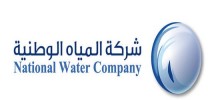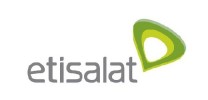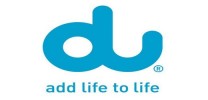
Valve Selection: Engineering Fundamentals for Selecting the Right Valve Design for Every Industrial Flow Application
Course Introduction:
In today's ever-changing environment, the specifier and valve buyer will spend 67% to 80% of their time looking up information. This results in your time being non-productive. This workshop will show you how to circumvent this problem. Industry needs to select the best Valve with the quality it requires in a timely and economical manner.
This five-day course presents a practical approach to valve selection for the function, Servicing, sizing, installation, repair, overhaul, upgrading and modifications of these components. Valves usually appear to be simple in form and operation, such as those of a manual Off-On Valve, Check Valve, or the Fixed Valve type such as an Orifice, Blind, etc. You will discover that even these components are frequently installed improperly throughout the industry.
Course Objectives:
This course has been structured to show how more than 32 basic types of Valves operate and how they are configured for their m any applications. With over 400 classifications for valves produced by more than two thousand manufacturing companies, which Valve do you select? It will be shown how valves should be specified and selected.
This course will present m any accessories such as actuators and how they are m Ade available and selected. Other amenities such as proportional controllers, solenoids, positioners and indicators will also be presented. In light of the m any liability cases held throughout the world, selecting the proper valve can have m ajar consequences for a company's safety, economy and viability.
With this in mind, this workshop is designed to give both the new and experienced user some insight to problem is that valve designers and manufacturing facilities encounter in the real world. Guidelines and numerous "rule of thumb" suggestions will be given to help you make sound choices that li m it downtime
Who Should Attend?
This course is intended for maintenance engineers, application engineers, inspection engineers, elect/electronics engineers, control systems and instrumentation engineers, production engineers, well-head & drilling engineers and the new valve designers. User, distributor, sales engineers or buyer of this equipment will also benefit & understand much of the design & manufacturing principles that dictates faster delivery of safer quality product. This course is primarily for those who are new to the field, but it will also serve as a refresher workshop for those who have many years of experience.
Course Outline:
Day 1:
Basics of the Valve Technology
· Types of Valves
· Valves characteristics
· Sealing performance
o Leakage Criterion
o Leakage Classifications
o Sealing Mechanisms
o Valve stem seals
· Flow characteristics
o Flow through valves
o Valve flow characteristics
· Linear & equal %
Day 2:
Manual versus Automatic Valves
· Functions of manual valves
· Methods of regulation
· Valve Types:
o Stopping/starting valves
o Control valves
· Valve end connections
· Valves rating
· Valves seating
· Types of manual valves
o Gate Valves
o Plug Valves
o Ball Valves
o Butterfly Valves
o Pinch Valves
o Diaphragm Valves
Check Valves
· Applications
· Types of Check Valves
o Lift check valves
o Swing check valves
o Tilting-disc check valves
o Diaphragm check valves
· Check Valves Operation
· Selection of Check Valves
Day 3:
Relief and Safety Valves: Function and Operation
· Relief Valves Types
o Pressure-relieving devices
o Automatically operated valves
o Direct-acting & piloted pressure relief valves
o Modulating, full-lift, and ordinary pressure relief valves
· Valve Loading
· Safety Valves
· Operation of Direct-acting pressure relief valves
· Blow-down
· Relief valves problems
Rupture Valves
· Applications of Rupture Discs
· Rupture discs vs. Pressure relief valves
· Rupture discs in gases and liquid service
· Temperature and bursting pressure relationship
· Pressure tolerances
· Design and performance of ductile metal rupture discs
· Types of Rupture discs:
o Pre-bulged rupture discs
o Reverse buckling discs
o Vent panels
o Graphite rupture discs
o Double disc assemblies
· Rupture disc and pressure relief valve combinations
· Selection of rupture discs
· Operation of Rupture Discs
Day 4:
Valves Problems, and Troubleshooting
· High Pressure Drop
o Pressure Recovery Characteristics
· Cavitation in Valves
o Incipient and choked cavitation
o Flow curve cavitation index
o Cavitation-elimination devices
· Flashing versus Cavitation
· Flow Choking
· High Velocities
· Water Hammer
o What causes water hammer?
o Water Hammer Calculations
o Solutions for water hammer
· Surge Protection
· Check valve slamming
· Noise problems
· Clean air standards
· Life loading
· Packing for fugitive-emission control
· Troubleshooting the Control Valves
Control Valves & Actuators
· Control Valves Types
· Linear Valve Features
· Rotary Valve Features
· Control Valve Flow Characteristics
o Quick Opening Characteristics
o Linear & Equal %
· Actuation systems
· Types of actuators
o Pneumatic Piston Actuator
o Electric motors
o Electrohydraulic Actuators
· Actuator Performance
· Valve Positioner
· Operation of Positioners
o Positioner calibration
Day 5:
Valve Sizing & Selection
· Valve-sizing criteria for manual valves
· Valve-sizing criteria for check valves
· Valve-sizing criteria for throttling valves
· Incipient and advanced cavitation
· Terminal pressure drop ratio
· Percent of Flashing
· Pressure Recovery Coefficient
· Valve Sizing & Selection Procedure
· Selecting a valve type
· Different valves characteristics
· Example
Course Methodology:
A variety of methodologies will be used during the course that includes:
· (30%) Based on Case Studies
· (30%) Techniques
· (30%) Role Play
· (10%) Concepts
· Pre-test and Post-test
· Variety of Learning Methods
· Lectures
· Case Studies and Self Questionaires
· Group Work
· Discussion
· Presentation
Course Fees:
This rate includes participant’s manual, Hand-Outs, buffet lunch, coffee/tea on arrival, morning & afternoon of each day.
Course Timings:
Daily Course Timings:
08:00 - 08:20 Morning Coffee / Tea
08:20 - 10:00 First Session
10:00 - 10:20 Coffee / Tea / Snacks
10:20 - 12:20 Second Session
12:20 - 13:30 Lunch Break & Prayer Break
13:30 - 15:00 Last Session





.jpg)

















